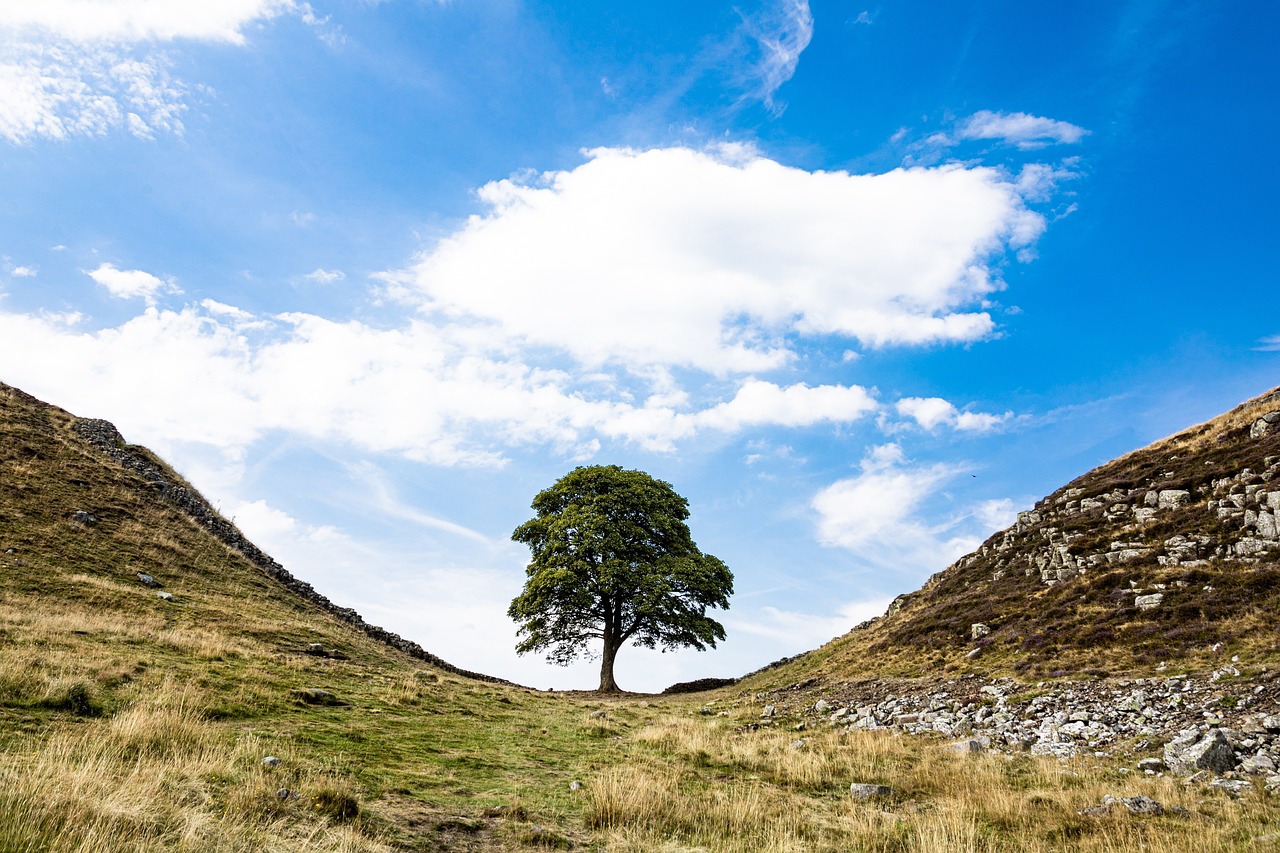“`html
Understanding the Majestic Sycamore Tree: Characteristics, Habitat, and Care
The sycamore tree, with its sprawling branches and distinctive bark, is a sight to behold. Known for its towering presence and resilience, the sycamore is a prominent feature in many landscapes. In this post, we’ll explore the sycamore’s habitat, characteristics, symbolic meanings, and how you can successfully grow one in your own garden.
What is a Sycamore Tree?
Characteristics of the Sycamore Tree
The sycamore tree, scientifically known as Platanus in the genus, is renowned for its large size and wide canopy. It is often recognized by its flaky, mottled bark that peels away to reveal patches of white, gray, and green. Sycamores can grow up to 100 feet tall, with a trunk diameter that can exceed 6 feet. The leaves are broad, resembling a maple leaf, and turn a golden brown in the fall.
Habitat of the Sycamore Tree
Sycamores thrive in a variety of environments, but they are typically found near bodies of water such as rivers and streams where the soil is moist. They are native to the eastern and central United States but can also be found in parts of Europe and Asia. Their ability to adapt to different soils makes them a versatile and widespread species.
Symbolism and Significance
The sycamore tree carries significant symbolic meanings. In ancient cultures, it was often associated with strength, protection, and eternity. The Egyptians revered the sycamore as a sacred tree, and it was frequently mentioned in their mythology. In modern contexts, the sycamore can symbolize resilience and growth, reflecting its ability to thrive in various conditions.

How to Grow a Sycamore Tree
Planting Sycamore Trees
Growing a sycamore tree can be a rewarding experience. Begin by selecting a suitable location that offers plenty of space, as sycamores require ample room for their expansive root systems and canopy. Ensure the soil is well-draining and rich in organic matter. Sycamores prefer full sun exposure, although they can tolerate partial shade.
Watering and Maintenance
Sycamores need consistent watering, especially during dry spells, to establish deep roots. Young trees may require more frequent watering, but once established, sycamores are relatively drought-tolerant. Pruning is essential to maintain their shape and remove any dead or damaged branches, ideally during the dormant season.
Pest and Disease Management
While sycamores are generally hardy, they can be susceptible to certain pests and diseases, such as anthracnose, lace bugs, and aphids. Regularly inspect your tree for signs of infestation and treat promptly with appropriate organic or chemical solutions. Maintaining tree health through proper watering and fertilizing can prevent many common issues.

Interesting Facts about Sycamore Trees
Longevity and Historical Significance
Sycamore trees can live for hundreds of years, making them witnesses to history. They have been used as landmarks and meeting points throughout time. Their wood is also valued for its hardness and durability, often used in furniture and musical instruments.
Environmental Benefits
Sycamores play a crucial role in the ecosystem. They provide habitat and food for various wildlife, including birds and insects. Their extensive root systems help prevent soil erosion, and their large canopies offer shade and improve air quality by filtering pollutants.
Conclusion
The sycamore tree is not only a majestic addition to any landscape but also a vital part of the ecosystem. Its rich history and symbolic meanings add depth to its presence, making it a tree worth appreciating and preserving. Whether you’re looking to grow a sycamore in your garden or simply wish to learn more about this remarkable tree, understanding its characteristics and care requirements will ensure it thrives for generations to come.
Further Reading
For more information on tree care and gardening tips, visit our Gardening Tips page.
Explore more about the environmental impact of trees at the Arbor Day Foundation.
“`
